Changes in Aerospace Regulations
Monday, 09 April 2018 10:43 Progress only comes through adaptation and evolution regardless of what industry or society we’re a part of. As the aerospace industry continues expanding and connecting around the globe, standards that were sufficient for the industry before have to be reevaluated and updated. Recently, aerospace regulations were modified to the new AS9100:2016 Standard and companies are expected to have updated to this new standard by September of this year. Below are some highlights of these changes.
Progress only comes through adaptation and evolution regardless of what industry or society we’re a part of. As the aerospace industry continues expanding and connecting around the globe, standards that were sufficient for the industry before have to be reevaluated and updated. Recently, aerospace regulations were modified to the new AS9100:2016 Standard and companies are expected to have updated to this new standard by September of this year. Below are some highlights of these changes.
These changes are determined by the International Aerospace Quality Group (IAQG) by a review process which happens every 5 years. The American Aerospace Quality Group have meetings, primarily in LA and Atlanta to receive feedback from stakeholders in the industry. This information is then reviewed, in tandem with other global aerospace quality groups, for the primary issues affecting the industry as a whole, and determining what adjustments can be made to the current standard. The newest revisions enacted to AS9100 focus on encouraging companies to look at their business from a process -based perspective, instead of an elemental one.
Risk management became one of the key revisions within AS9100 – Promoting top management to ensure there’s a risk based approach to how they run their company and how they take new projects on. There has been further emphasis on accountability from top management to make sure that they understand the different KPI (Key Process Indicators) for their processes. This standard shifted focus to assign accountability at the top level and to determine what types of effective actions are being taken when goals are not being met.
“Context of the organization” was added to help define the mission vision statement. The IAQG wants aerospace companies to look back at what impact they’re trying to have in the industry, and where they want to grow. In this it’s easier to spot what issues that impact a business’ context ahead of time, and how to work on addressing them.
FAA also removed “Preventive Action” requirements and replaced them in AS9100 with “Opportunities for Improvement”. In some audits, a trend arose of companies finding it difficult to explain to the registrar what preventive actions they were taking. By replacing with Opportunities for Improvement companies can look at the data they already collect and see what can be done proactively to prevent problems.
For aerospace companies that haven’t already implemented the new standards into their process, it perhaps appears mildly intimidating. But with certified auditors like Steve Saunders available to consult with companies, the process becomes much easier to understand.
Steve has been working as a consultant for over 18 years and estimates about 60-70% of his work is aerospace related. He is an Exemplar Global Certified Quality Management Lead Auditor, a certified Probitas Authentication AS 9100 Aerospace Auditor, and also provides the necessary training for others to become qualified auditors. His goal is simple:“[I] help companies to understand these requirements and to make sure their quality systems are set up to meet all the guidelines of these requirements as well as imposed statutory and/or regulatory requirements.” With an extensive list of accolades available on his website, Saunders is certainly one of the top qualified consultants within the aerospace industry. He adds, “so they can pass their audits and to have a good system in place to give their customers and stakeholders peace of mind…when they do business with these companies they’re going to get what they need, when they need it, and the provided product or service will meet or exceed requirements.”
It may seem challenging, but progress never came easily. The IAQG’s efforts are there because they want companies to be certified. It’s proven to help the business run better by achieving on time delivery, customer satisfaction, and good, quality products.


